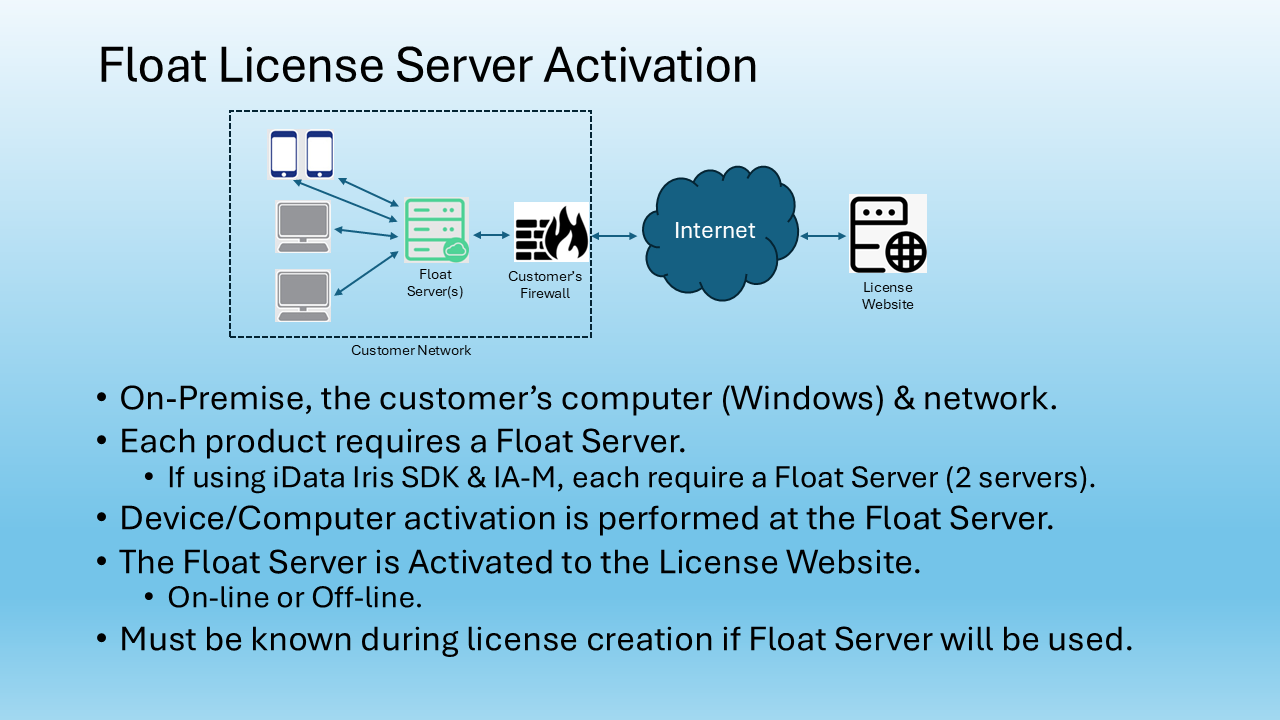How it Compares
Few would argue with the generally held view – and evidence – that iris recognition is the most accurate of the commonly used biometric technologies. There are a number of other factors that weigh heavily in iris recognition’s favor for applications requiring large databases and real-time authentication.
Accurate
- Like a snowflake, every iris is absolutely unique. A subject’s left and right iris is as different from each other as they are from any other individual’s. It has been calculated that the chance of finding two randomly formed identical irises is on an almost astronomical order of 1 in 1078.
- Another differentiator impacting accuracy is that no human intervention is required to “set” thresholds for False Accept and False Reject performance. Instead, the human element plays no role in performance standards for this technology, while an unmatched FAR (false accept rate) performance of 1 in 1.2 million is delivered. Other electronic authentication technologies sometimes select a number of templates that represent “possible matches” – perpetuating the potential for error, in that final determination of identity relies on a human interpretation.
- At the root of iris recognition’s accuracy is the data-richness of the iris itself. The IrisAccess system captures over 240 degrees of freedom or unique characteristics in formulating its algorithmic template. Fingerprints, facial recognition and hand geometry have far less detailed input in template construction. In fact, it’s probably fair to say that one iris template contains more data than is collected in creating templates for a finger, a face and a hand combined. This is one reason why iris recognition can authenticate with confidence even when significantly less than the whole eye is visible.
Stability
- Virtually every other biometric template changes significantly over time, detracting from overall system performance and requiring frequent reenrollment. Voices change. Hands and fingers grow. The type of labor one does, even weather temperature or one’s medical condition can result in template changes in other technologies. Barring trauma and certain ophthalmologic surgery, the patterns in the iris are constant from age 1 to death. (At death, iris tissue is among the most rapidly deteriorating of all body tissues, something that leads to its use by forensic pathologists in estimating time of death.)
Fast
- No other biometric technology is designed to deliver 1-n searching of large databases in real time. A 2001 study conducted by the UK’s National Physical Laboratory found iris technology was capable of nearly 20 times more matches per minute than its closest competitor. Looking at speed in conjunction with accuracy, there’s simply no other technology that can deliver high accuracy authentication in anything close to the real-time performance of iris recognition.
- Conversely, fingerprint searches are challenged by database size, adding time to searches or necessitating filtering as a search acceleration technique. Even so, fingerprint technology often returns multiple “possible matches,” forcing introduction of human decision factors and increasing the potential for error in an authentication decision.
Scalable
- Iris Recognition and the IrisAccess system are ideal for large-scale ID applications or enterprise physical security and applications characterized by large databases. As iris data templates require only 512-bytes of storage per iris, very large databases can be managed and speedily searched without degradation of performance accuracy.
Non-Invasive
- No bright lights or lasers are used in the imaging and iris authentication process. The user can stand as far as 10″ away from the unit, and even wear glasses or contact lenses without compromising system accuracy. Unlike some other popular biometrics, iris authentication involves no physical contact. Not only does this mean “no touch” authentication, it also means the technology is ideally suited for use in environments where rubber gloves or other protective gear is used.
- Iris recognition applications are generally opt-in – there is none of the surveillance stigma sometimes affiliated with facial recognition, which scans crowds looking for individuals. Nor is there any tie-in to the large fingerprint databases maintained by law enforcement agencies, which often gives a negative stigma to fingerprint-based systems.

